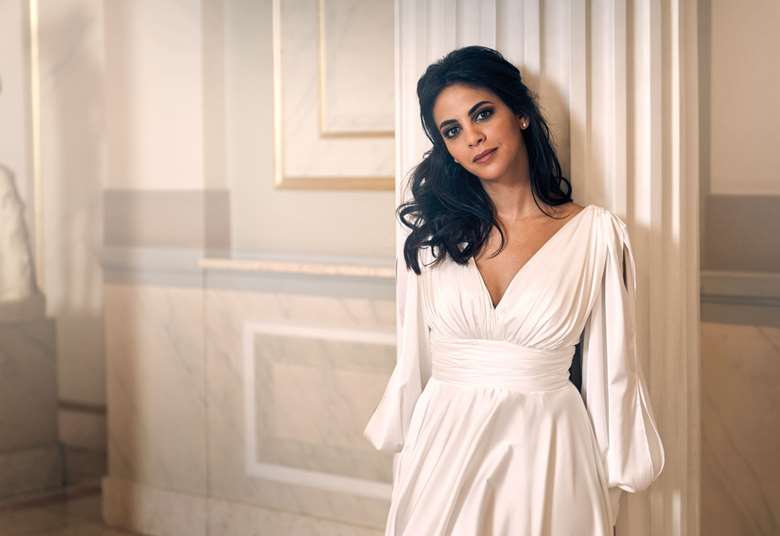Fatma Said interview: ‘Am I stupid enough to compare myself to Whitney Houston?’
Mark Pullinger
Tuesday, September 13, 2022
Fatma Said’s new album takes the listener on a colourful global journey through styles, languages and dance. Mark Pullinger meets the award-winning soprano

Register now to continue reading
Thanks for exploring the Gramophone website. Sign up for a free account today to enjoy the following benefits:
- Free access to 3 subscriber-only articles per month
- Unlimited access to our news, podcasts and awards pages
- Free weekly email newsletter







